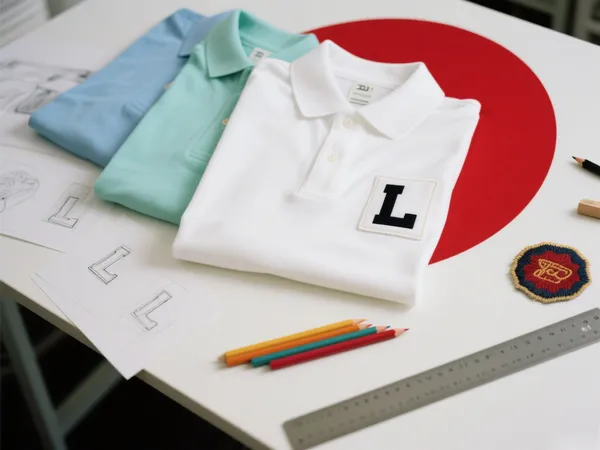常に進化するファッションの世界では、自己表現、持続可能性、創造性をこれほどシームレスに融合させたトレンドはほとんどありません。 パッチワークの衣類かつては主に修理や実用性のために使われていたパッチですが、今では高級デニムジャケットからストリートウェアのパーカー、子供用バックパックまで、あらゆるものに見られる主流のファッション要素となっています。お気に入りのジーンズを長持ちさせたい場合でも、無地のTシャツをグレードアップさせたい場合でも、 embroidered patches そして DIYの衣類パッチ スタイリッシュで個性的な目立つ方法です。
このブログでは、パッチ ウェアの魅力、さまざまな種類のパッチ、パッチの付け方、そしてこのトレンドがカジュアル ファッション界とコンシャス ファッション界の両方で力強く復活している理由について説明します。
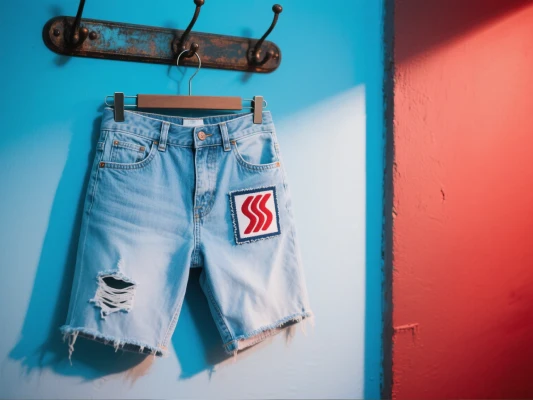
パッチワークの魅力
The popularity of パッチワークの衣類 パッチは見た目の魅力だけではありません。今日の消費者は、パーソナライズ、環境への配慮、そして手頃な価格のファッションにますます関心を寄せており、パッチはあらゆる面でその魅力を発揮しています。
1. デザインを通じた自己表現
パッチは、着用者が自分のアイデンティティ、興味、所属を表現する手段です。バンドのロゴ、平和のシンボル、旅行先、カスタムイラストなど、パッチは身に付けることで物語を表現できる、身近な手段です。
2. 持続可能なファッションの選択
ファストファッションの台頭により、衣類の廃棄は世界的な問題となっている。 パッチワークの衣類 着古したり傷んだりした服に新たな命を吹き込むことで、この問題を解決します。穴の開いたジャケットを捨てる代わりに、スタイリッシュにパッチを当てることで、よりサステナブルなワードローブを実現できます。
3. 手頃な価格と創造性
パッチを当てることは、古い服を安価にアップグレードする方法です。新しい服を買うよりも、 DIYの衣類パッチ わずかな費用でワードローブをリフレッシュできます。さらに、このプロセスはあらゆる年齢層の方々にとって楽しくクリエイティブなものになります。
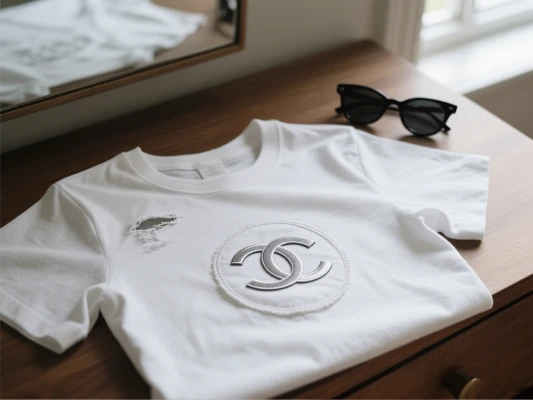
衣類用パッチの種類
装飾や修理など、目的に応じて、いくつかの種類のパッチから選択できます。
1. 刺繍パッチ
色とりどりの糸で作られ、複雑なデザインが特徴的なことが多い。 embroidered patches ファッション用途で最も人気があるのは、布です。ジャケット、ジーンズ、帽子、バックパックなどに縫い付けたり、アイロンで貼り付けたりできます。触り心地の良い質感と鮮やかな色彩は、個性をプラスするのに最適です。
2. アイロン接着パッチ
アイロン接着ワッペンは、初心者の方にも最適です。裏面には熱で活性化する粘着剤が付いています。アイロンで数分貼るだけで、ほとんどの布地にワッペンを永久的に貼り付けることができます。ちょっとしたファッションの補修や一時的な用途に最適です。
3. 縫い付けパッチ
特に摩擦の多い箇所の耐久性を高めるには、縫い付けパッチが最適です。基本的な縫製技術が必要ですが、長持ちし、時間の経過とともに剥がれることもありません。
4. プリント生地パッチ
写真、名言、デジタルプリントのアートなど、デザインの自由度が高まります。刺繍ほど耐久性はありませんが、より滑らかでモダンな美しさを演出できます。
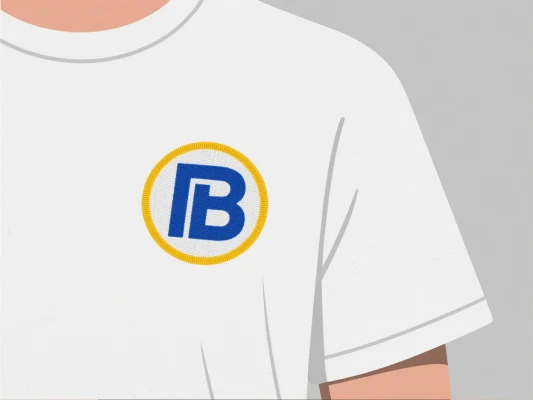
衣類のパッチをどこでどのように使うか
パッチワークの衣類 幅広い衣類や素材に使用できます。以下に、最も人気のある用途をいくつかご紹介します。
- デニムジャケット: バックパネルや袖にバンドのロゴ、国旗、ビンテージ パッチを付けてセンスをプラスします。
- ジーンズ: 膝や太ももにパッチを当てて穴やダメージをカバーします。これは、コントラストのある色や大胆なグラフィックと組み合わせると特に効果的です。
- バックパックとバッグ: 楽しいデザインやイニシャルでアクセサリーをカスタマイズしましょう。
- Tシャツとパーカー: 胸、腕、背中に小さなパッチを貼って、無地のシャツを引き立てます。
- 帽子とキャップ: フロントパネルにシンプルなパッチを付けるだけで、ベーシックなキャップがステートメントピースに変身します。
パッチを貼る際は、衣服が清潔で平らであることを確認してください。 アイロン接着パッチ当て布をし、中高温で30~45秒アイロンをかけてください。 縫い付けパッチ縫い付ける前に、ずれを防ぐためにパッチをピンで留めてください。
DIYの衣類用パッチ:ヒントとコツ
今日のテクノロジーのおかげで、自分だけのワッペンをカスタマイズするのはかつてないほど簡単になりました。オンラインでワッペンをデザインしたり、刺繍キットや印刷可能な布シートを使って自宅で作成したりすることもできます。
DIYパッチ作成のヒント:
- 綿、デニム、キャンバスなどの耐久性のある生地を選択してください。
- 縫わない場合は耐熱性の接着剤を使用してください。
- アイロン接着パッチを数回手縫いして補強し、耐久性を高めます。
- 形や重ね方を工夫してみましょう。星やハート、抽象的な形などが最適です。
の美しさ DIYの衣類パッチ 実験こそが成功の鍵です。様々な配置、テーマ、組み合わせを恐れずに試してみてください。
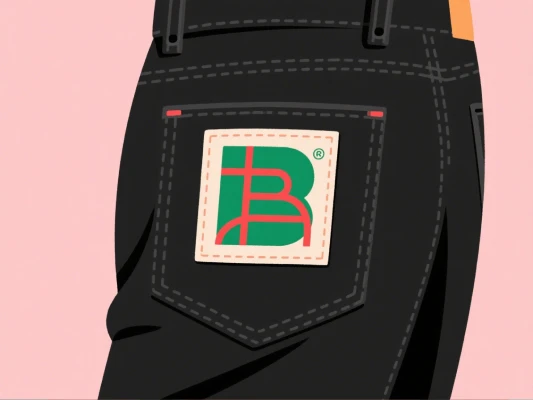
最後に
パッチワークの衣類 パッチワークは単なる一過性のトレンドではありません。サステナブルファッション、個性、そしてクリエイティブな再利用を目指すムーブメントです。パンク風のステッチグラフィックを取り入れるにしても、アイロンワッペンで愛着のある服を蘇らせるにしても、この方法は実用的かつスタイリッシュにワードローブを彩ります。
から embroidered patches 大胆な発言をする DIYの衣類パッチ 個性を反映するパッチワークは、ファッションの新たな可能性を広げます。クローゼットからお気に入りのアイテムを取り出し、パッチワークを始めましょう。次の個性的なスタイルは、たった一枚のパッチワークから。



